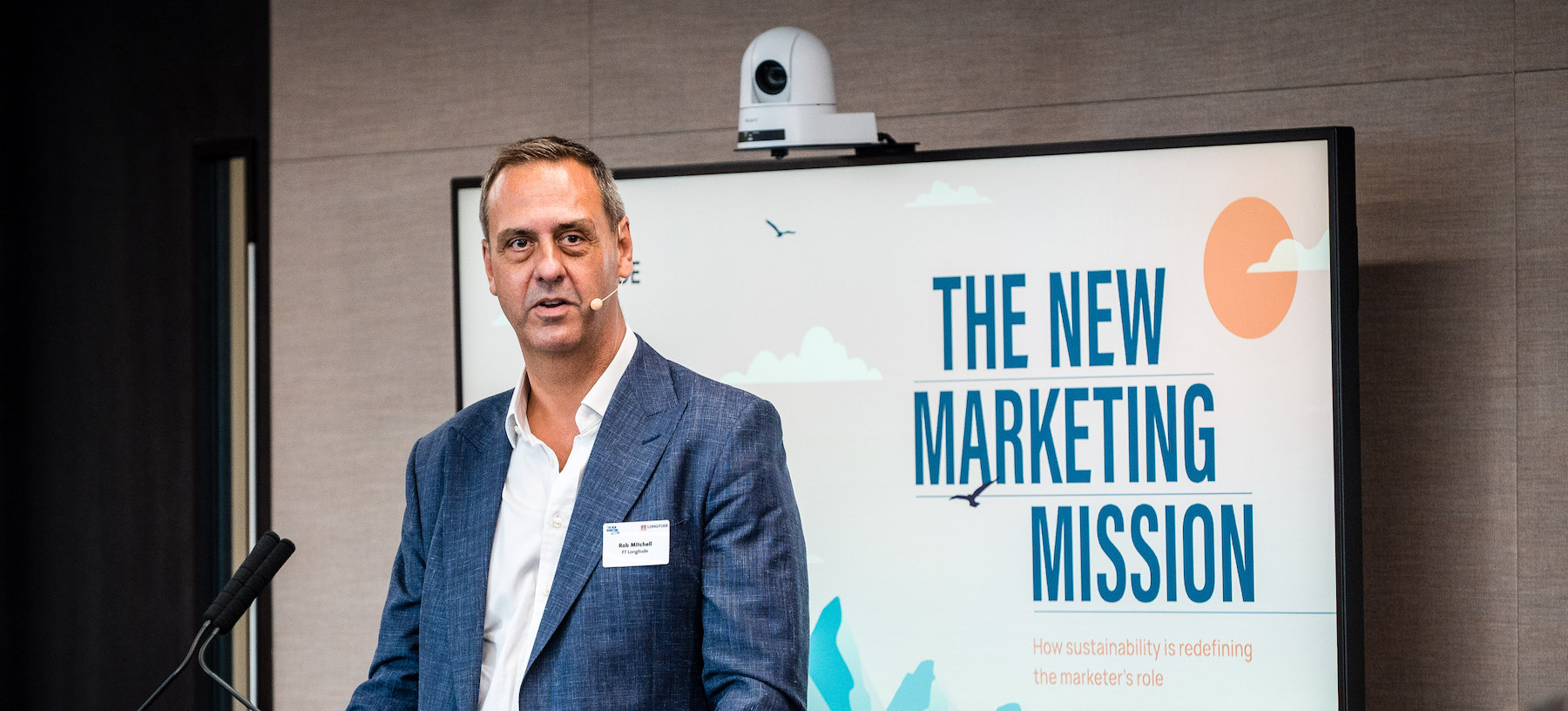How to build a mountain: Why marketers should take inspiration from the Himalayas for their always-on content
Eleanor Savage
FT Longitude editors Eleanor Savage and Thomas Sturge argue that marketers need to look to the Himalayas for inspiration when designing their content programmes, using always-on content to engage and influence their audience over a long period of time.
In 1943, Mexican farmer Dionisio Pulido noticed something wrong with his cornfield: it was turning into a volcano. By 1952, Paricutín (as the former cornfield came to be known) was 424 metres tall and had buried two towns in lava and ash. Today, Paricutín has cooled into a mountain, dormant until the next eruption.
What does this have to do with thought leadership? B2B campaigns tend to follow the same pattern as the eruption of Paricutín: marketers put all their efforts into one big eye-catching piece of research and content that is launched with a flurry of intense marketing activity.
But Paricutín is only one way to build a mountain. The Himalayas, by contrast, began 45 million years ago with the collision of the Asian and Indian tectonic plates and have grown slowly but relentlessly over the millennia.
This is where ‘always-on’ thought leadership comes in. Instead of causing a big impact and then returning to dormancy like Paricutín, always-on campaigns follow the Himalayas blueprint: they grow constantly and consistently.
What is always on?
Always-on uses a scheduled calendar of content that is released quarterly, monthly or even weekly. The goal is to build a regular flow of stories and insight that allow your brand to stay visible, while providing strong hooks to build and engage your core audiences over time.
Eighty-three percent of marketers say they think the industry is moving towards an always-on model. So what are the benefits of an always-on approach, and what should you know before switching to one?
How always-on gives you an edge
- Frequent engagement
An always-on model allows you to release content more regularly, which keeps your brand front of mind with your audience. Mental availability is paramount in B2B marketing because it is especially difficult to know when a customer is going to be making a purchase. Keeping your brand on your audience’s radar is half the battle won.
- Ride the news cycle
Current talking points can become stale or even irrelevant over the course of a year. The increased frequency of the always-on model means you can respond quickly to major global events or changes in business strategy to produce something that your audience will find relevant. Consider, for instance, a report about product innovation released the day Apple launches its new iPhone, or articles about ESG timed around the UN Climate Change Conference.
- Look deeper to find insights in the detail
The always-on model gives you the breathing space to look deeper into the topics you want to cover. Not having to include everything in one report or campaign allows you to take the time and space to be more nuanced and to find insights in the details that will set your content apart.
- Precision tailor for your audience
Fifty-seven percent of business leaders want ideas specific to their sector and 87% want specific actionable recommendations, which are both difficult to do in a single report.
With always-on, the overall campaign can reach far and wide but you can also tailor different pieces of content to reach more specific targets. For example, in one sustainability campaign you could create content aimed at CFOs that talks about the benefits of financing sustainable initiatives, and separate content for non-executive directors that focuses on how to oversee sustainability directives.
So you want to try an always-on approach. What should you be aware of?
- Start with the content strategy
An always-on model needs you to think months and years ahead. The content strategy should be informed by your brand positioning – in particular, where do you want to be known for your expertise? The goal is to produce editorial that is timely and topical, but at the same time ensure that your overall portfolio of content is coherent and points back to your overall brand positioning.
- Set up an editorial board
The planning, sheer amount of content and quick turnaround time involved in always-on mean that stakeholder management is crucial. But getting sign off from multiple departments with differing perspectives and requirements can get complicated. Many brands that have committed to always-on publishing find that it is useful to set up an editorial board: a small team led by an in-house “editor-in-chief”, that is empowered to review content, manage the editorial calendar, and to make decision quickly.
- Focus on content variety
Always-on works best when the content is varied in style, tone, length and format: five infographics in a row, for instance, will have diminishing returns — however amazing they are.
It pays to think about including content across the VARK styles (visual, auditory, reading, kinaesthetic) to broaden your audience and increase variety. And try to bring in external voices: we know that audiences connect to case studies and authoritative voices, so mixing in diverse perspectives stops your content getting stale. Juggling all of these elements can be difficult for businesses with smaller marketing teams.
Speak to the team
We’ll help you to navigate and overcome any challenges you currently face and learn how to get more out of your content.
Book a meeting
About the author: Eleanor Savage
Eleanor is our editorial assistant and works in the editorial team, assisting on all aspects of project life, from the research, through to the writing and content design stage. She specialises in bringing fresh insight and perspective to a range of well-covered topics, ensuring they move effectively through the lifecycle of the campaign.
 |
Tel:
+44 (0)20 7873 4770
|
Tel:
+44 (0)20 7873 4770


